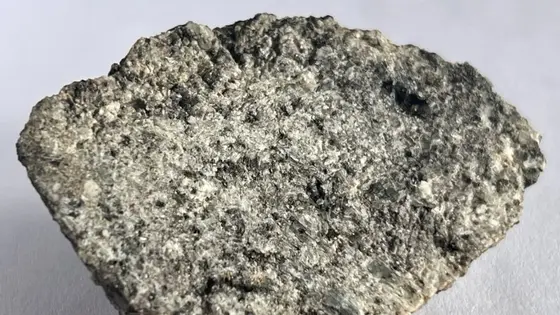T4K3.news
Parker Solar Probe Maps Sun’s Corona in Unprecedented Detail
New pass near the Sun offers the clearest view yet of the solar wind birthplace and CME interactions.
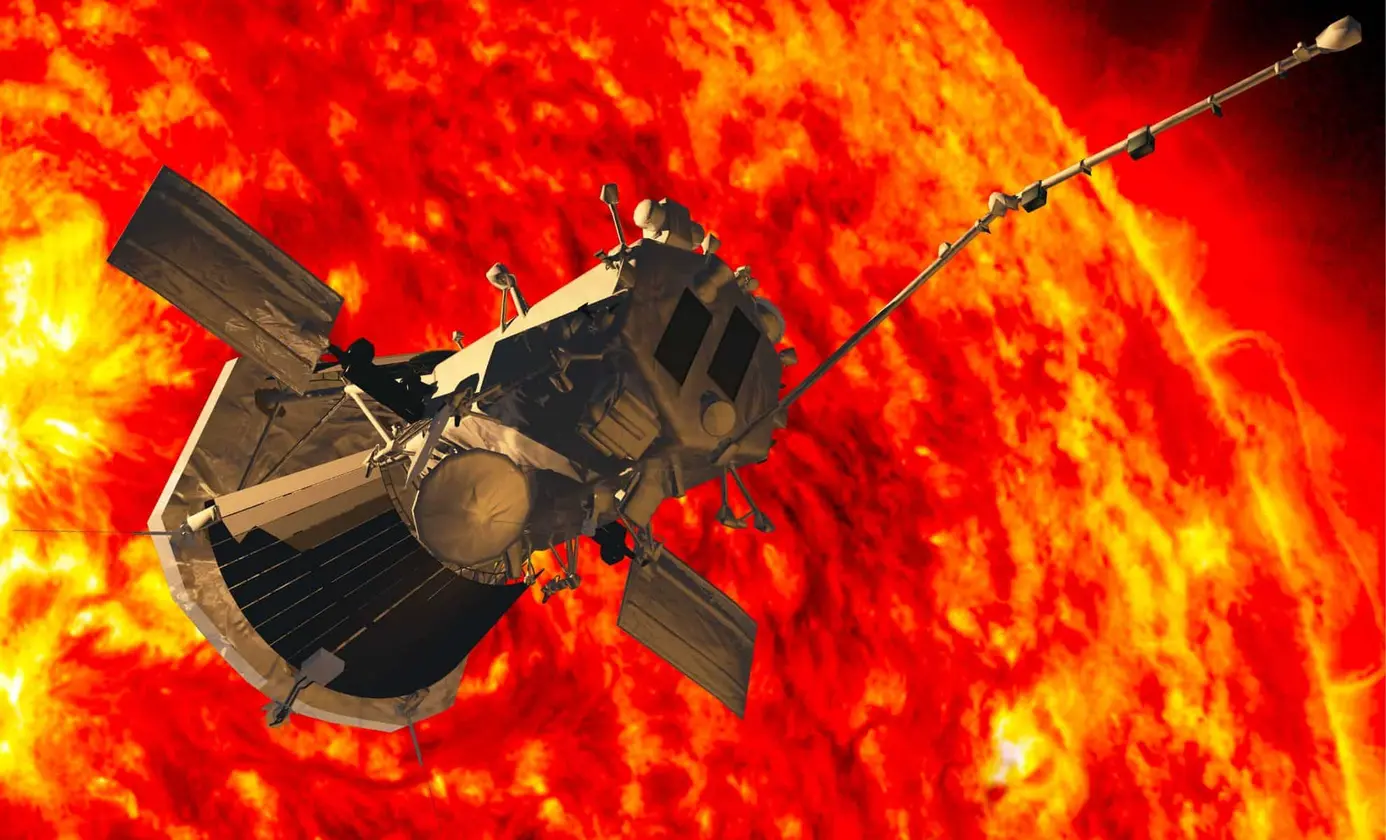
The Parker Solar Probe offers a closer look at the Sun’s corona, revealing the birthplace of the solar wind and interactions that shape space weather.
Parker Solar Probe Maps the Sun's Corona in Unprecedented Detail
During a December 24, 2024 flyby the probe came within 3.8 million miles of the Sun’s surface. Its Wide-Field Imager for Solar Probe (WISPR) captured high resolution images of charged particles streaming outward at speeds exceeding 1 million miles per hour, revealing the turbulent origin of the solar wind. This is the closest any spacecraft has studied the corona and helps pinpoint where space weather begins, enabling better forecasts to protect satellites and astronauts.
The data also show the boundary where the Sun’s magnetic field flips, the heliospheric current sheet, in new detail. The mission recorded multiple coronal mass ejections colliding, a phenomenon that can alter their paths and intensify their effects on space weather. The slow solar wind remains a puzzle. The probe’s observations confirm both Alfvénic and non-Alfvénic slow wind exist, likely coming from coronal holes and helmet streamers respectively, helping explain how slower winds can combine with faster streams to trigger extended storms. A planned close pass in September 2025 will continue refining models of solar wind formation and the Sun’s magnetic structure, moving science closer to predicting solar activity days or weeks in advance. Since its 2018 launch and named after Eugene Parker, the mission has pushed what we know about the Sun farther than before.
Key Takeaways
"We are witnessing where space weather threats to Earth begin, with our eyes, not just with models."
Nicky Fox describing the significance of close observations
"CME collisions can make solar storms harder to predict and more dangerous."
Angelos Vourlidas on CME interactions observed by WISPR
"Both Alfvénic and non-Alfvénic slow solar wind exist and originate from different solar features."
Researchers explaining slow wind sources
"Close solar views sharpen forecasts for satellites and crews."
Implications for space weather forecasting
These close up results push the field toward data driven understanding. Watching where space weather begins offers a foundation for better forecasts and more resilient technology. The work demonstrates how direct observations can sharpen models that once relied mainly on theory and indirect data.
Yet the study also shows limits. CME collisions create complexity that can challenge forecasts and potentially complicate warnings for satellites and crews. The finding that slow solar wind has two distinct origins suggests multiple pathways for energy to reach the heliosphere, meaning predictions will remain probabilistic rather than perfectly precise for some time.
Highlights
- Space weather begins here with our eyes not just models
- CME collisions make storms harder to predict
- Slow solar wind has two origins from different solar features
- Close solar views sharpen forecasts for satellites and crews
The Sun still holds secrets and our instruments are getting closer to listening.
Enjoyed this? Let your friends know!
Related News
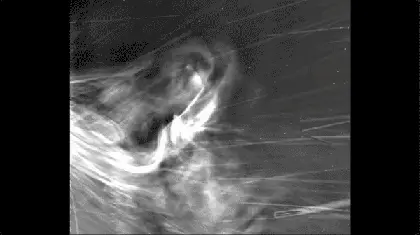
NASA shares groundbreaking video of the sun
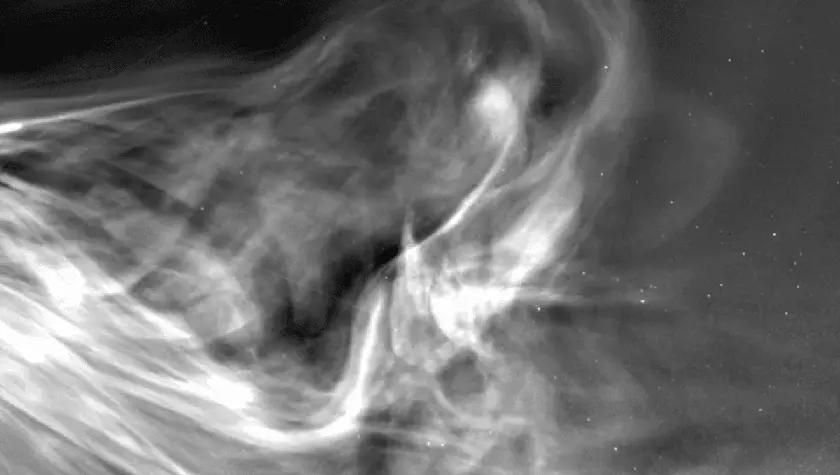
Parker Solar Probe captures solar wind near the Sun
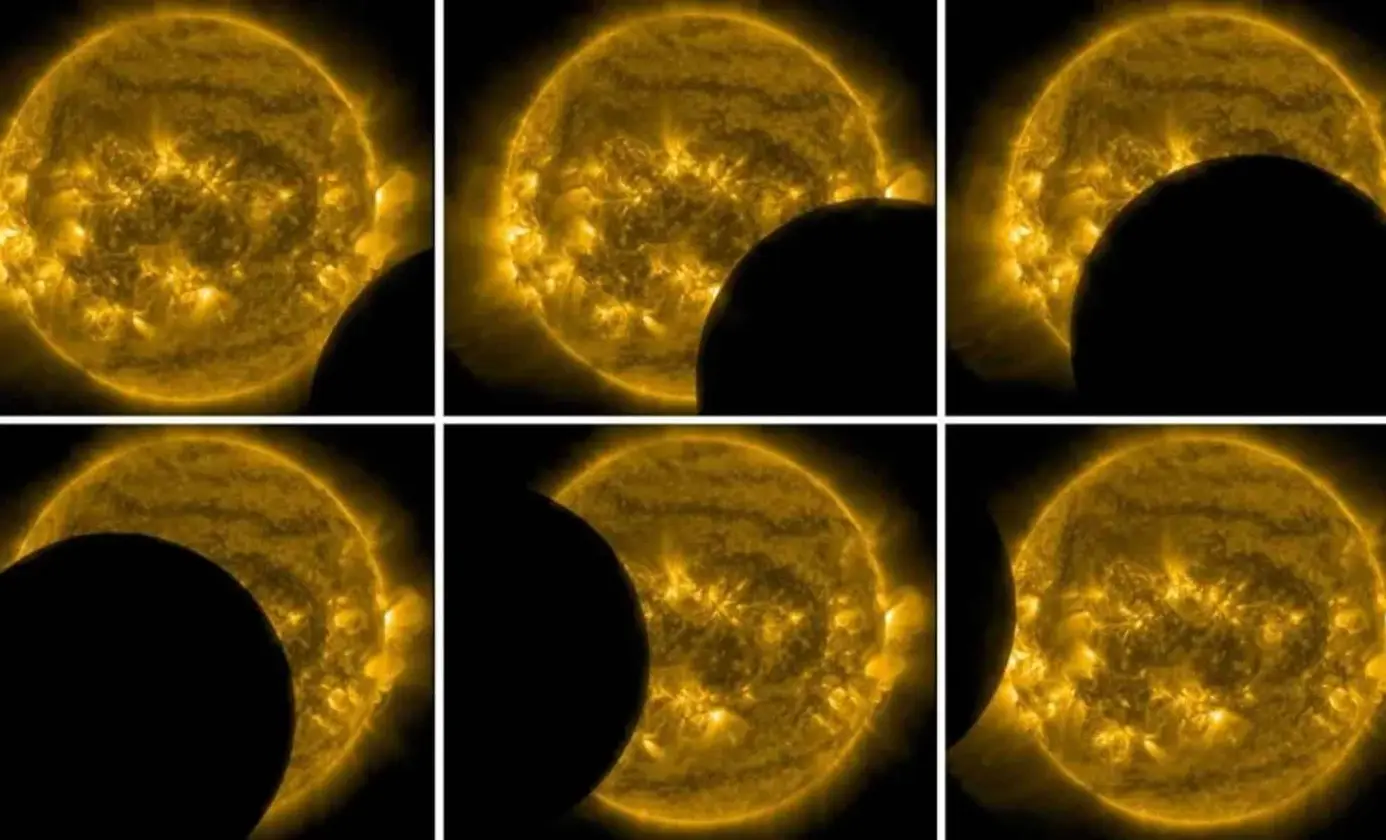
NASA Captures Stunning Solar Eclipse from Space
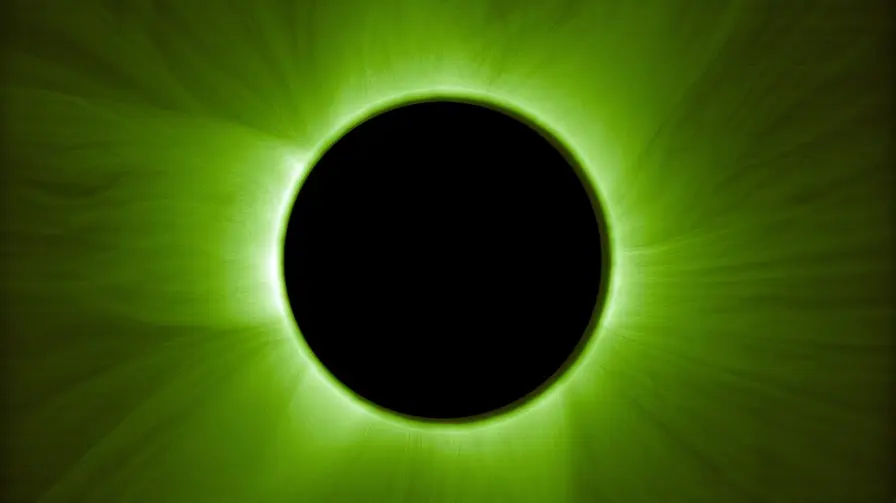
Proba-3 spacecraft successfully simulate solar eclipse
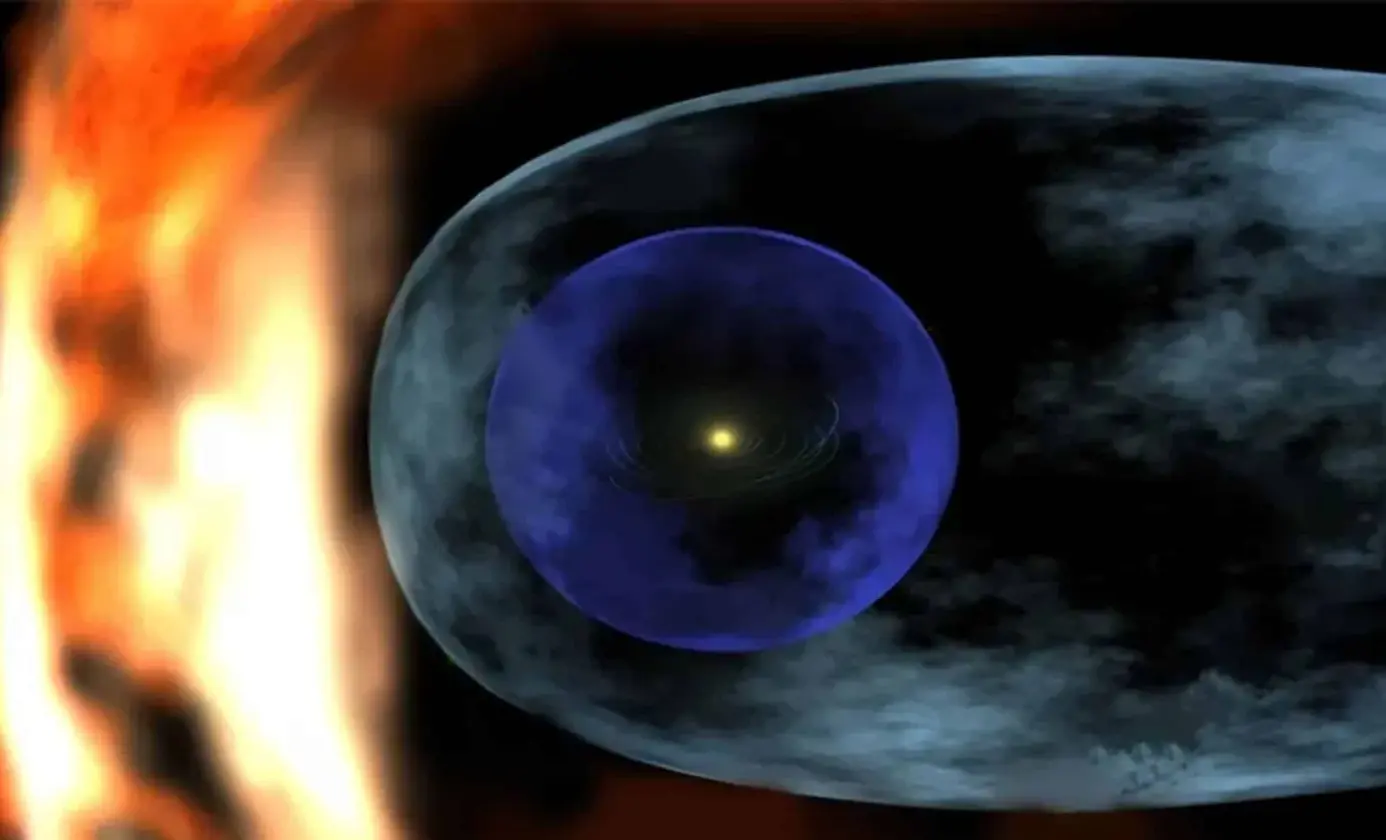
Interstellar encounter linked to past climate changes
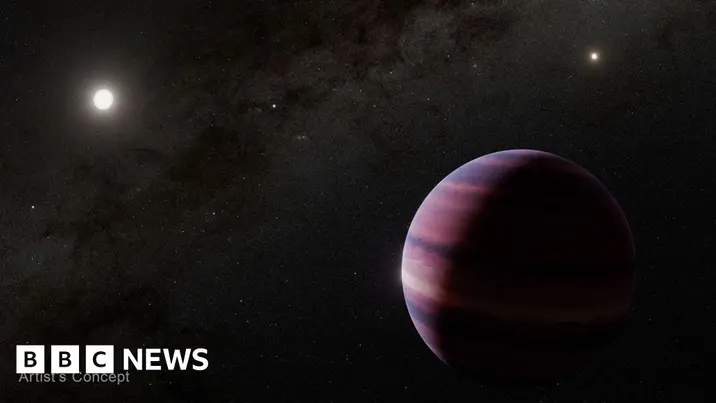
Nearby exoplanet signs found

Voyager 1 captures eerie sounds from Jupiter

NASA debunks August 2025 eclipse claims
